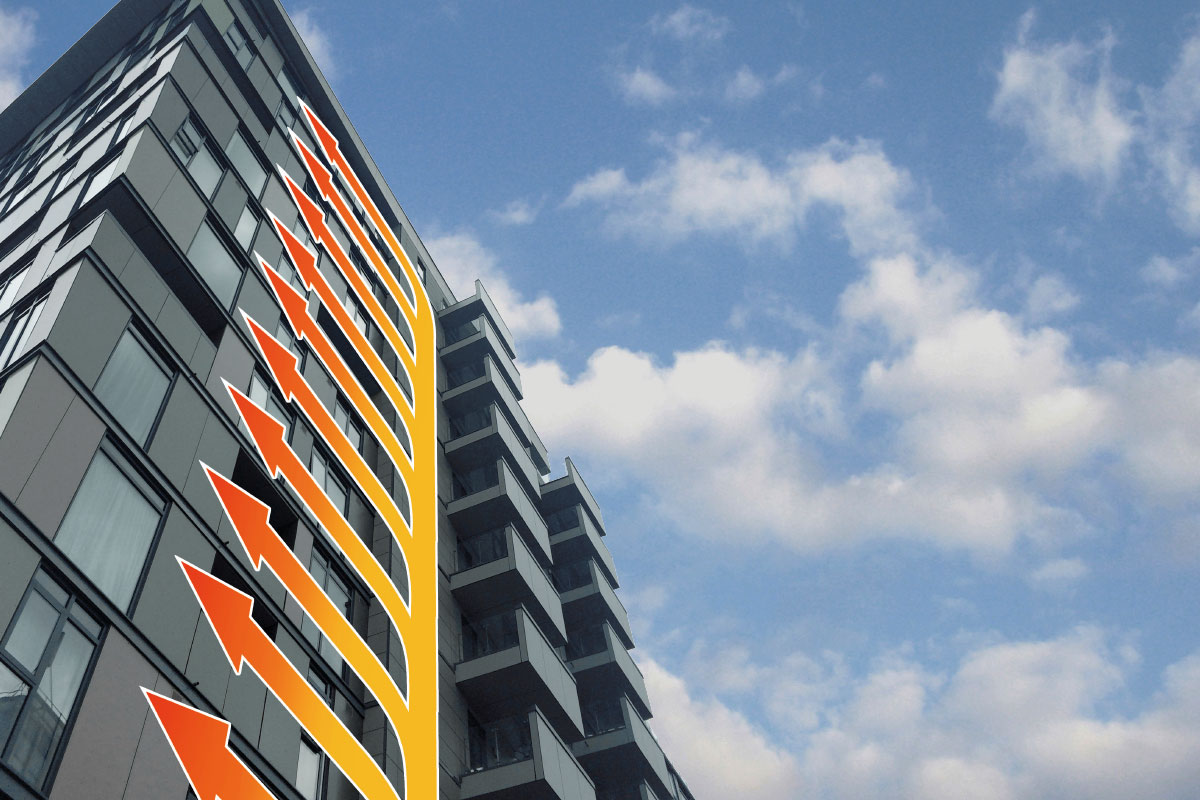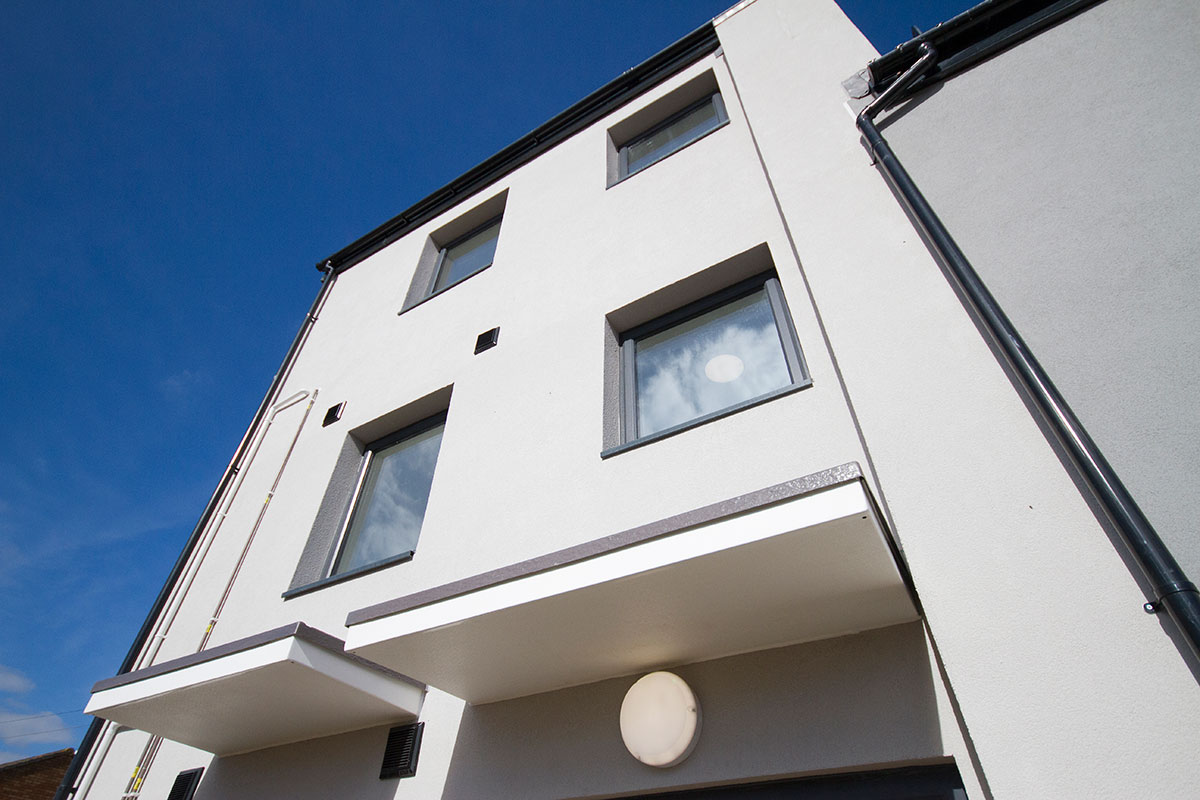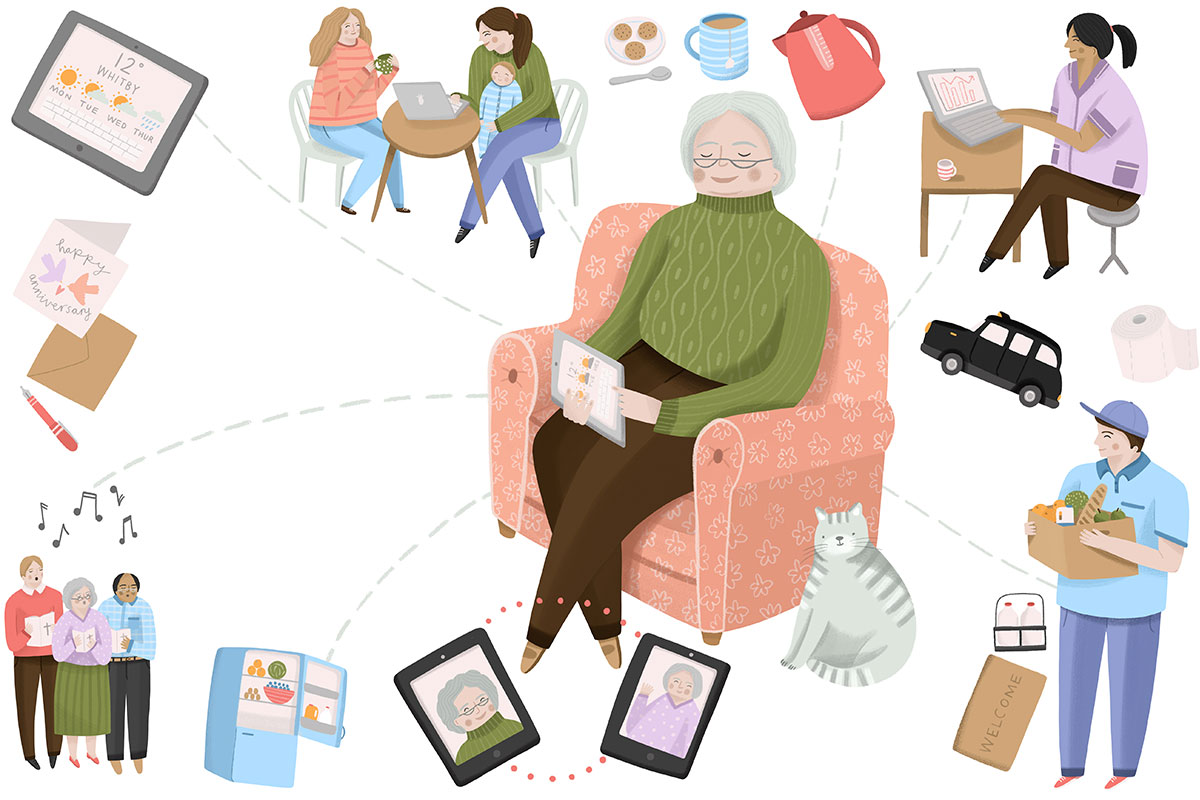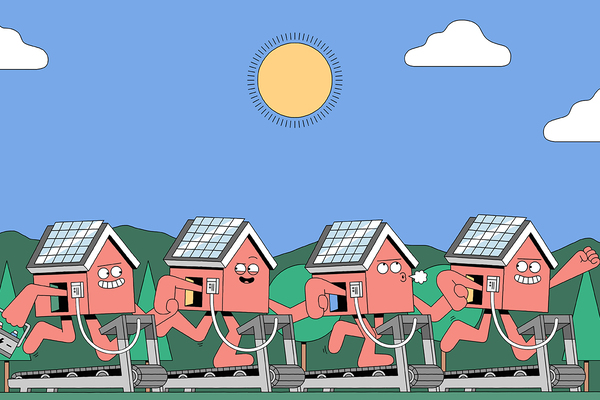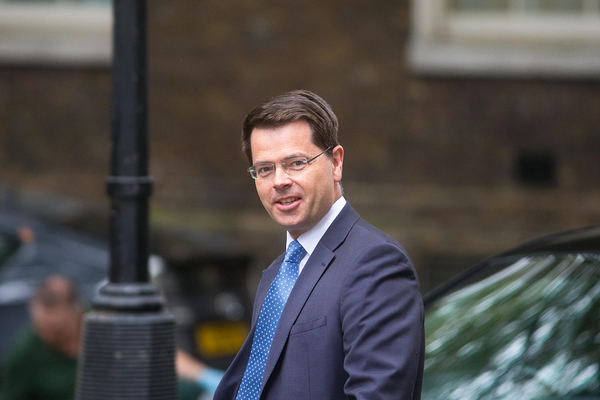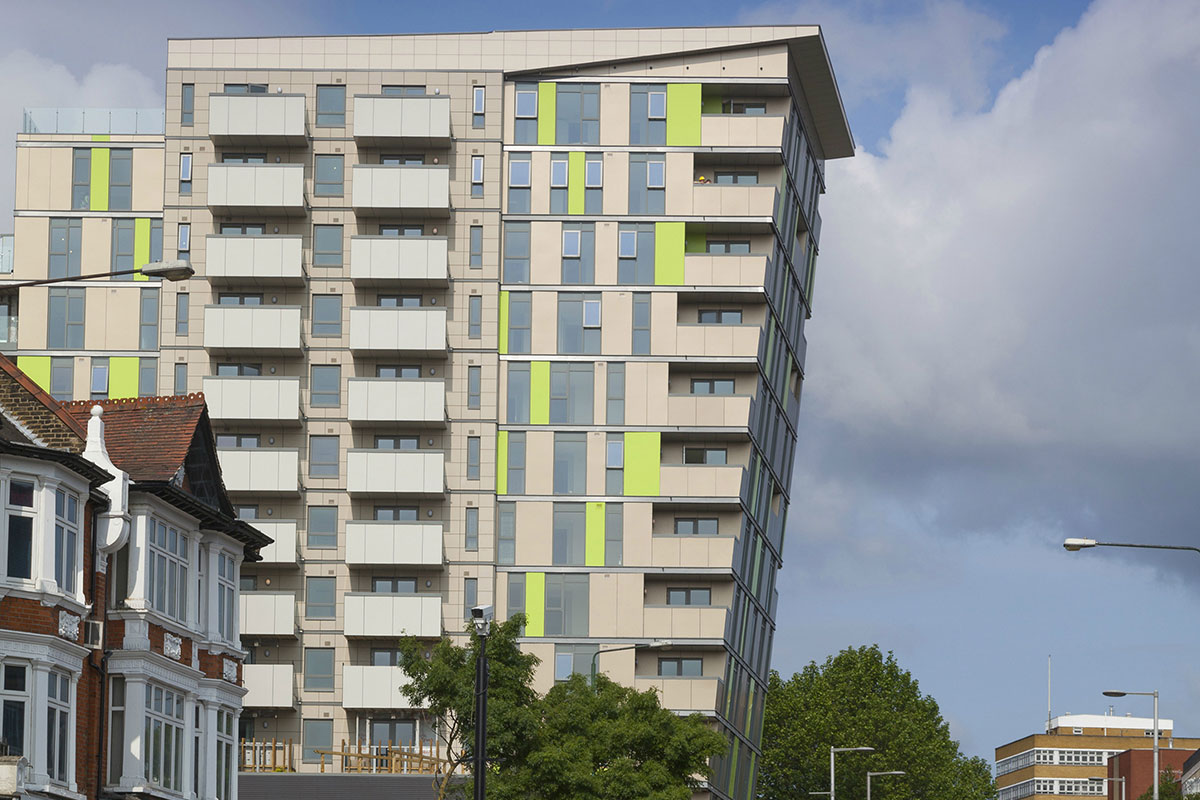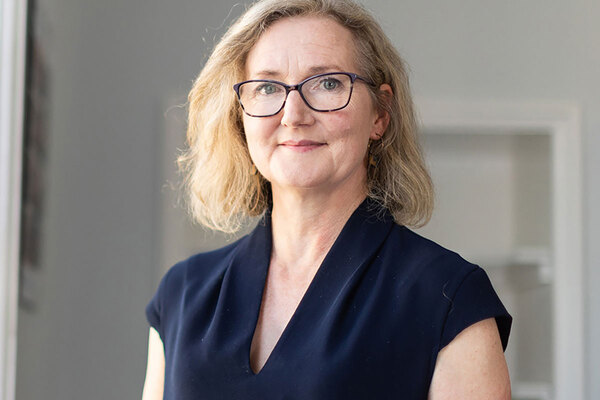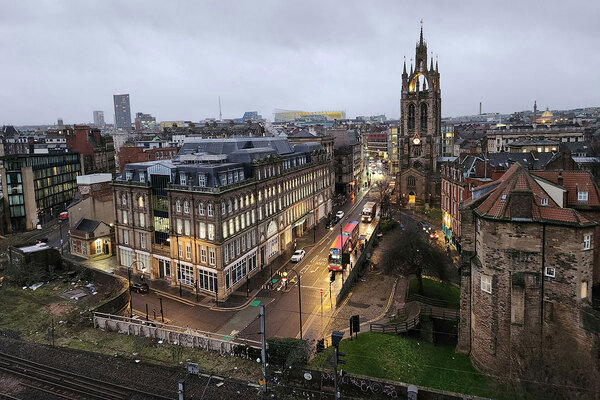You are viewing 1 of your 1 free articles
A new generation of heating?
Are communal heating systems set to play a growing role in social housing? Gavriel Hollander takes a look at a pilot that aims to show that they should
Elizabeth House (above) is part of a pilot using smart meters to track the performance of its heat network
District or communal heat networks are examples of that rarest of creatures: an idea that seems to be almost universally welcomed.
By generating heat in a single location for multiple homes, they can deliver economies of scale, saving money for housing providers and residents alike, with the added kicker of reducing carbon emissions.
However, a survey last year by the Department for Business, Energy and Industrial Strategy (BEIS) found that these networks provide just 2% of the total heat demand for buildings in the UK.
That’s despite the concept of communal heating being around since the 1940s and, more recently, encouragement from national and local government for increased take-up.
The problem, in a nutshell, has been cost.
Although in theory, generating heat for larger numbers of tightly situated properties should produce savings, this has not always been the case in practice.
using associations have found themselves holding the baby with a lot of these heat networks,” explains Emma Bushell, sustainability and energy manager at Octavia Housing. “In a lot of cases, the money spent on [getting] gas into the scheme has not been met by the heat being paid for by residents.”
Extra costs generated by housing association-run heat networks are often absorbed by the landlord, rather than the end user.
That is not always an attractive prospect for organisations facing ever more demands on increasingly tight budgets. Furthermore, asking a social landlord to effectively become an energy supplier is no small matter. Often, organisations setting up heat networks simply do not have the expertise to operate them at their most efficient.
“Housing associations have found themselves holding the baby with a lot of these heat networks,” Emma Bushell, Octavia Housing
A report last year by the Centre for Sustainable Energy identifies four key factors for landlords to consider when designing and installing heat networks: ensuring the community buys in, effective metering and monitoring so landlords understand the system’s performance, building at sufficient scale to realise the benefit, and financing schemes in such a way that residents do not pay high prices.
The report concludes: “When they’re done right the social and environmental benefits from heat networks are huge.” So, the question facing landlords is obvious: how to get them right.
An answer could be found in a BEIS-funded pilot, which came to an end last year. The project involved three housing associations – Octavia, Network Homes and Guinness Partnership – teaming up with energy consultants Guru Systems and Fair Heat to install and run smart meters on some of their London-based heat networks and then use the data collected to improve performance.
The 115 flats at Octavia’s Elizabeth House scheme in Wembley, north London, have had their heating and hot water supplied by a communal network since the building was completed in 2013. But since then, the 4,500-home landlord has encountered higher than expected costs for generating and pumping heat, while residents have complained of overheating in their flats and communal spaces.
As part of the pilot, Guru installed smart meters using its Pinpoint software to help establish how the network was performing and – even more importantly – how that performance could be improved, for example by minimising heat loss in corridors. Fair Heat was then able to step in and suggest on-the-ground changes to the system, such as patching up any heat leaks, informed by Guru’s data.
In practical terms, the results have been impressive. There has been a 68% reduction in heat loss from the network at Elizabeth House and an 80% reduction in the cost of energy used by the pump room. For residents, this translates into a 30% reduction in energy bills, as the tariff has come down from 7.7p to 3.8p per kWh.
Similar outcomes were achieved by Guinness, which ran the pilot at a 140-unit block in Stead Street, Elephant and Castle. Here, there has been a 75% reduction in heat loss, saving residents an average of £65 a year.
Casey Cole, the managing director of Guru, says the pilots were even more successful than the participants had anticipated.
“The improvements we were able to make on Elizabeth House had a bigger impact than we thought,” he elaborates. “It proved the effect of using this data to understand how heat networks are working and to put them right where they’re not working as well as we’d want.”
The Guru platform is now being used by 12 organisations – including six housing associations – with a total of 7,000 homes benefiting from the technology. Mr Cole says the outcomes on other heat networks “are in the same order of magnitude” as those on the pilot projects.
According to Mr Cole, the reason why using smart metering could finally give social landlords the incentive to get serious about heat networks can be boiled down to one word: transparency.
“The housing association experience [with heat networks] has been one of the frustrations,” he explains. “They’ve delivered heat networks but it’s not been clear how well they’re working. In some cases they become aware they’re not working as well as they’d hoped but it’s been difficult to quantify.
“There’s been a lack of transparency about how systems are operating [because] the data just hasn’t been available in the past.”
Ms Bushell agrees: “From a housing association’s point of view, heat networks have not been overly successful for a plethora of reasons. Having this transparency means that we’re able to get networks that perform better once they’re built and also to retrospectively go back and try to squeeze improvements out of existing networks.”
However, the second part of that plan could prove to be the trickier one. As Mr Cole points out, the best results are achievable when smart metering is used before buildings are inhabited “to make sure networks are working well before they go into operation”.
For Fair Heat, the other partner in the BEIS trial, its role is to carry out ‘acceptance testing’ before contractors hand projects over to landlords.
Heating networks to rise
Community heating networks have been around since World War II, but they first rose to prominence in the UK during the boom in tower block buildings in the 1960s. Networks then fell out of favour during the 1980s and 1990s.
However, the new millennium’s increased awareness of the perils of carbon emissions brought with it a renewed interest in heat networks.
While they currently account for only around 2% of the UK’s domestic energy market – or 200,000 properties – that figure is set to rise.
In 2013, the now defunct Department for Energy and Climate Change estimated that the 2% share could increase to 20% by 2030.
The government has also allocated £320m of funding nationally in its efforts to grow the heat network market.
In London, where all three of the BEIS pilot projects were based, City Hall has outlined plans for 15% of all domestic heat demand to be met by “decentralised energy systems”.
Meanwhile, the Scottish Government aims to connect 40,000 homes to heat networks by 2020, accounting for 1.5TWh of the country’s heat demand.
“It’s about verifying that commissioning has been carried out using the actual data, and that the system is working as designed or better,” says principal engineer Tom Naughton.
“When they are commissioning equipment in a flat, whether it’s the heat interface unit, radiators or anything else, contractors only see a static view of the system; they can’t see the effect it has over time.
“We can now see that in the data, [so] can now support contractors as well. Initially they were hesitant about having someone coming in and checking their work. Now they actually like us to be involved as it saves them time.”
Mr Naughton insists that its not just time that can be saved in this way. Spending money upfront to get systems right can prevent what he calls the “hidden costs” of poorly functioning networks.
“The time and money spent having to respond to residents who are unhappy – that’s not quite as visible.”
And there is evidence that residents are not always as happy when their heating is provided communally. Last year’s BEIS survey found that 39% of heat network consumers had reported being uncomfortably warm in the previous 12 months, compared to 22% of non-heat network consumers. Meanwhile, more than four times as many consumers on heat networks (13%) said they were “always” too warm at home compared to those not on heat networks (3%).
For Ms Bushell, using the Guru and Fair Heat model on new developments can nip these issues in the bud.
“The acceptance testing is incredibly useful,” she says. “The cost of it far outweighs the potential cost of an inefficient heat network. Going back and trying to address all these issues once we have people in the properties would be much more difficult.”
But that still leaves the problem of developing heat networks in older buildings and of improving those networks already in operation.
“The big challenge remains [converting] existing buildings,” confirms Peter North, senior manager for programme delivery on sustainable energy at the Greater London Authority. “80% of the buildings that will exist in 2050 exist now.”
The mayor of London’s draft environment strategy is calling for 15% of all heat demand in the capital’s buildings to be met by decentralised energy generation projects by 2030. For policymakers, the driver for this target isn’t just cost.
“Building heating is the biggest source of carbon dioxide emissions, so fundamental to [tackling] this is the need for more heat networks,” Mr North adds. “Housing associations are a big part of that but they have to deliver at market rates or better.”
Ms Bushell insists that Octavia and others will be “moving in the direction” of retrofitting homes with smarter heat networks, but it could still be some time until such systems are the norm.
Mr Casey is optimistic, however. “We also have to have a plan for going back and addressing those homes that have been around for 30 years, or even 10 or five years,” he says. “They can’t be left behind.”
UPDATE 8.5.2018 4.50pm This story originally stated that residents' energy bills had halved. This has been corrected - the work done by Guru Systems and FairHeat reduces the amount of heat used by customers (the kWh charge) by around half. However when the standing charge is taken into account, residents are saving around 30% on their total heat bill a year, not 50%.
This story also originally stated that housing associations have an obligation to ensure residents on heat networks are charged for heat at a rate that is at least comparable to the open market. This has been deleted as it is not correct.
